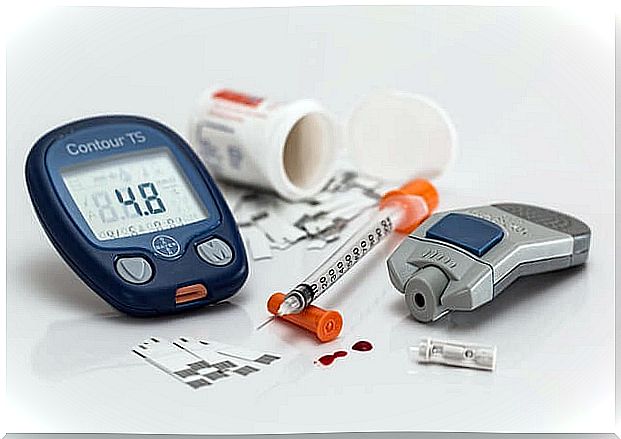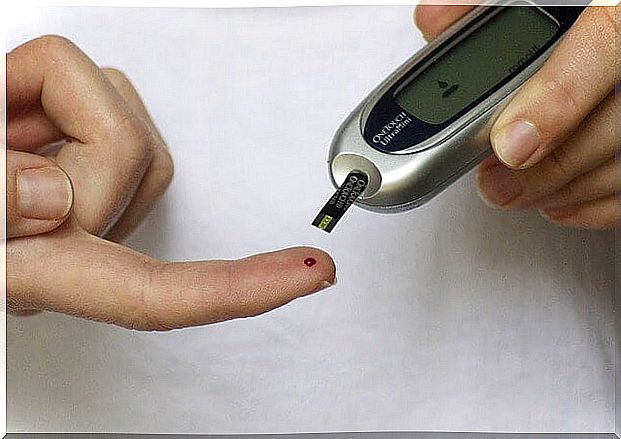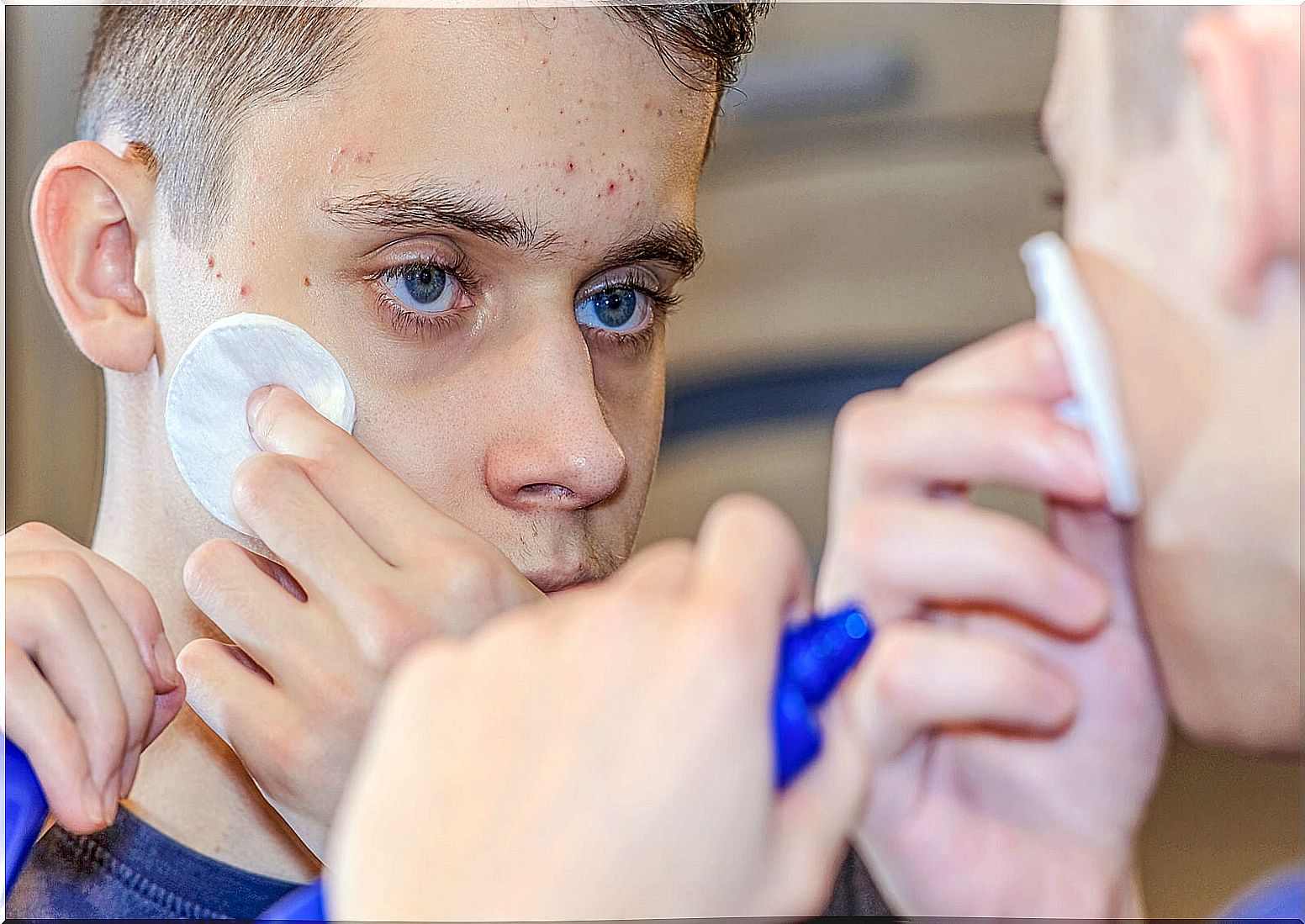What If My Child Is Diagnosed With Diabetes?

Faced with the possibility of an adverse diagnosis to the health of your child, anguish, guilt and fear arise. Many mothers wonder when they see the symptoms associated with diabetes: increased frequency of urination, thirst, excessive hunger, tiredness or weight loss. What if my child is diagnosed with diabetes?
It also happens that when you see an excessive consumption of sweets, or see your child overweight, restlessness arises. The first thing is to know what diabetes is and what are the reasons why we should turn on the alarms and go to the pediatrician so that it is he who makes the observations and diagnoses that may be appropriate.
What is the diabetes?
Diabetes is a chronic, non-curable disease that occurs when the pancreas does not produce enough of the hormone insulin or does not use it effectively. This generates an accumulation of sugars in the body and therefore, an imbalance in the levels of glucose in the blood. It should be noted that there are two varieties. We are talking about type 1, which has been shown to have a genetic component.
If the child is diagnosed with diabetes, they will have this condition for life. However, all your abilities will remain the same and you will be able to exercise your activities and do whatever you want to do, as long as you maintain healthy control.
This, in our view, is the key to staying within a healthy lifestyle range: controlling your eating, exercise, and medicine schedules.
In case you suspect that your child may have diabetes, the first thing is to avoid speculation or unnecessary alarms and go to the doctor. It is proven that timely treatment significantly improves quality of life and prevents diseases related to a diabetic crisis. In addition, if the child is preschool age at the time of the arrest of the disease, he is more likely to assume, without trauma, the treatment.
Types of diabetes?
- Type 1: In these cases, the pancreas does not produce the hormone insulin. Therefore, the patient must deliver it through injections or daily doses (pump). They are known as insulin-dependent.
- Type 2: This is the most common diabetes. About 90% of patients present it. In this case, the pancreas does not produce insulin efficiently and the body does not process it effectively either. This diabetes associated with issues of overweight, obesity or lack of physical activity is controlled with special diets and exercises.
My son was diagnosed with diabetes. What do I do?
Keep the following tips in mind in case your child is diagnosed with diabetes. This way you can better control their disease.
Learn about diabetes
But do not fall into excesses or information that generates more panic and concern. Consult the opinion of experts on the subject. Another option is to go to support groups or associations that work on diabetes so that you can make an informed decision about your child’s health.

Establish meal routines, exercises and times to inject insulin
During the adaptation process, the whole family must know how the diagnosis that has been made to the child will change the patterns or behaviors at home: types of food, exercise routines.
It is recommended that the family adopt a healthier lifestyle that facilitates the child’s medical processes. In addition, in the long term the decision to improve habits will have an impact on the well-being of all.
The whole family (grandparents, uncles, brothers, cousins) should be informed about the condition. Parents should also include teachers in this process, informing them.
It is essential that the child knows how to take his daily glucose level test and inject insulin. If it is very young (4-8 years) it is recommended that the injection and the control are carried out by the parents. He can make it bigger.
However, you should be informed about the importance of the injection and that it should not be skipped over anything in the world as it will affect your health.

Steps to inject insulin:
- Lift the shirt.
- Make a fold (pinch) in the skin of the belly about two centimeters wide.
- Insert the needle at a 90% angle. Avoid injecting into the muscle.
- Push the liquid out of the injector.
- Remove the injector and stop pinching your belly.
Once the child and parents have learned how to administer insulin, there will be no trauma and the process will take less than a minute.
Avoid overprotection
Despite the risks associated with diabetes, if it is treated on time and with some rigor, the child will have a full and happy life. Parents should avoid overprotection that will only cause the child to grow up doubting their worth or abilities. On the contrary, they should be encouraged to maintain a normal lifestyle, yes, in which healthy eating and sports have a fundamental place.
According to a study published in the journal Nutrients , low-carbohydrate diets could represent a turning point in the treatment of this metabolic pathologies. However, they must be prescribed and indicated by a professional.
Diabetes in children, a pathology that requires certain care
Type 1 diabetes is a condition that you can live with. However, it is important to take into account the advice that we have given you to ensure that the child adapts correctly to this condition, which will allow an increase in their quality of life. If in doubt, always consult your doctor.










